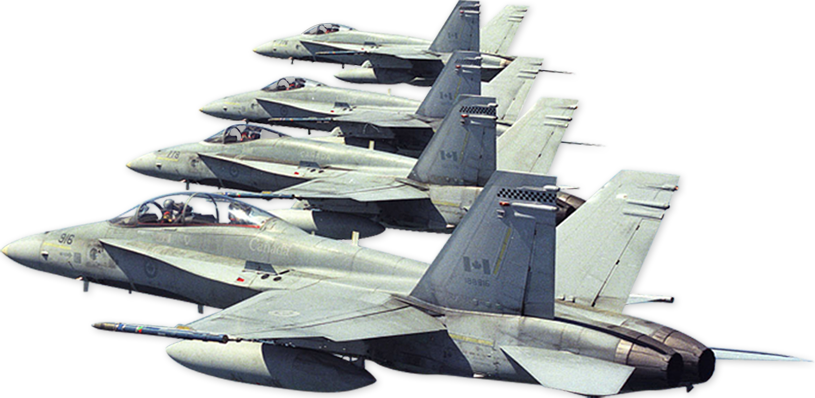AFAC POSITION PAPER 02/2013
Issue: Replacing the CF18 Fighter Fleet
Background
? The CF18 fighter fleet has been projected to reach its estimated life expectancy in the 2017-2020 timeframe, or potentially a few years beyond that. There is every indication that there will be a continuing need for a manned fighter capability, both domestically and abroad.
? Although the F-35 was selected by the Government as a replacement, criticism of the choice has resulted in an initiative to push the ?reset? button on the project. Work is currently ongoing to conduct an in-depth options analysis to assess the capabilities and costs of the fighters available, with a view to providing to Government comprehensive information with which to decide the way ahead. This work is being monitored by an independent panel to ensure that fairness and due diligence prevails throughout the process. ![F-35A[1]](https://www.rcafassociation.ca/uploads/airforce/2013/03/F-35A12-300x225.jpg)
? It is expected that the outcome of this work will be confirmation of the fighter chosen or, potentially, the initiation of a competition.
AFAC Position
? The Canada First Defence Strategy, released in May of 2008, confirms the Government?s commitment to a manned fighter capability and its affordability in the long term defence budget. Several high-level mandatory requirements for a next-generation fighter have been established and substantiated repeatedly by the RCAF. Canadian requirements for domestic operations, those in conjunction with the US in NORAD, and those which may occur elsewhere globally all support the need for a very capable, modern fighter. Moreover, given the propensity for Canada to extend aircraft life as long as economically possible, a new fighter fleet must be supportable and operationally relevant over decades of service.
? The media attention given the F-35 decision since the announcement in July 2010 has been unprecedented. In addition to being a major election issue, many who are critical of the decision or the Government have not hesitated to misrepresent the facts related to aircraft capability, cost, international support, flight test progress and production delays. As a result, members of the general public, with limited information beyond that provided through the media, have been bombarded with largely unbalanced and negative reporting.
? Moreover, the fighter replacement project has been impacted by other defence procurement failures and issues. This has caused some to question the competency of the Government itself, but also that of DND staff involved in managing the project.
? While the political sensitivity that precipitated a re-examination of options persists, it is important to keep in mind the fundamental objective: to procure a new fighter aircraft that will serve Canada?s needs for approximately the next forty years.
? A corollary desire to provide quality opportunities for Canada?s aerospace industry should also be kept in mind. An extensive delay in making a decision may well cause Canadian companies to lose opportunities to bid on further F-35 contracts. Given the extent of contracts already won and the potential for many more over the full life of the F-35 fleet, an early decision is favourable.
Messages
? There is clearly a need for a capable next-generation fighter, as stated in the Canada First Defence Strategy. Operational experts in the RCAF have developed and defended operational requirements and their perspectives should be respected, given their expertise and personal experience in the conduct of fighter operations.
? Misinformation and disinformation spread through the media should be corrected by the Government, DND and PWGSC. Media and political opponents should themselves adopt a more balanced approach and refrain from using this issue simply as a proxy to attack the Government. This matter is extremely important to national security and the Canadian public deserves to receive a more balanced analysis of issues such as costs and capabilities, for example.
? An early conclusion of the options analysis process and a decision to proceed with the acquisition of a new fighter will permit the timely signing of a contract and the orderly transition from the current fleet to a new one before the CF18 is time expired.
? While the need to address a critical military capability is primordial, the opportunity for Canadian industry, or the loss of opportunity if a decision is delayed, must be kept in mind.
Developed by: Airpower Advocacy Committee
Contacts: lloyd.campbell@rcafassociation.ca
Date: xx March 2013








